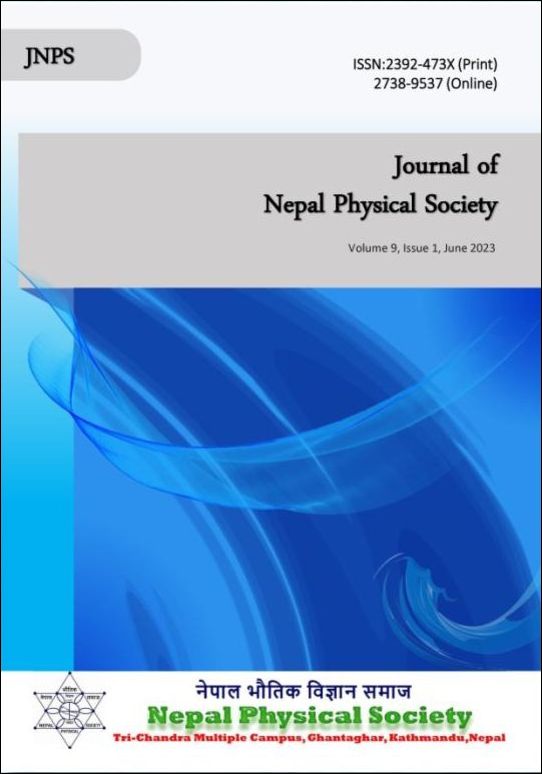Determination of Variation of Mass with Gravity
DOI:
https://doi.org/10.3126/jnphyssoc.v9i1.57750Keywords:
Black Hole,, Gravitational Red-shift,, Mass-Energy Equivalence, Photon Energy, Schwarzschild Radius.Abstract
The paper demonstrates that the theory of mass and gravity in the existing normally acknowledged version of theory of gravitational red-shift is completely erroneous. What makes it erroneous is that the frequency of particle in a gravitational field is considered to change depending on its location while mass of particle is treated as constant parameter. This paper predicts that a body in a gravitational field of escape velocity Ve will be more massive by a factor of 1 + (Ve2/C2) , where C is the speed of light, as compared to mass of a similar body outside the field. It manifests that mass of a body measured at earth surface is different than actual mass because of the influence of gravity. If m' and m denote mass of body within and beyond the gravitational field respectively, then the mass (m') measured at earth surface as compared to actual mass (m) is given by the formula m' = m (1+1.39 × 10-9). It reveals that an actual relative mass change at earth m' - m/m = 1.39 × 10-9) is extremely small, with change measure in nanogram. Based on this postulate of variation of mass with gravity, the correct criteria for a particle to be inside black hole turns out to be m'>2m. Therefore, a gravitational field is a black hole if the mass of a body inside the field will be more than two times of its actual mass. In this highly interesting topic, the particular purpose is to present a succinct and carefully reasoned account of new aspect of gravitational red shift which properly allows to determine the change of mass with gravity.
Downloads
Downloads
Published
How to Cite
Issue
Section
License
All right reserved. No part of this Journal may be reproduced in any form or by any electronic or mechanical means, including information storage and retrieval system, without permission in writing from the publisher, except by a reviewer who may quote brief passage in a review. The views and interpretation in this journal are those of author(s) and they are not attributable to the NPS.




